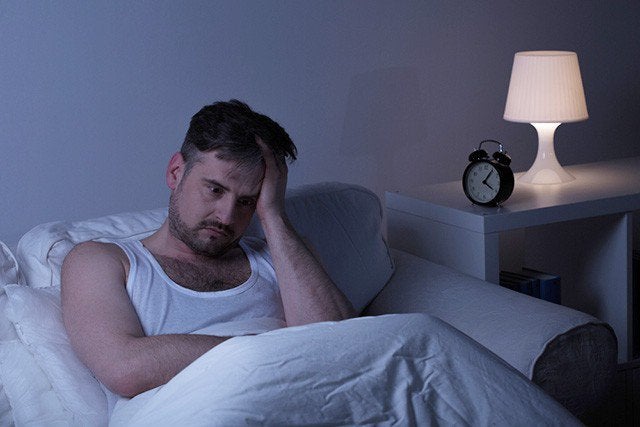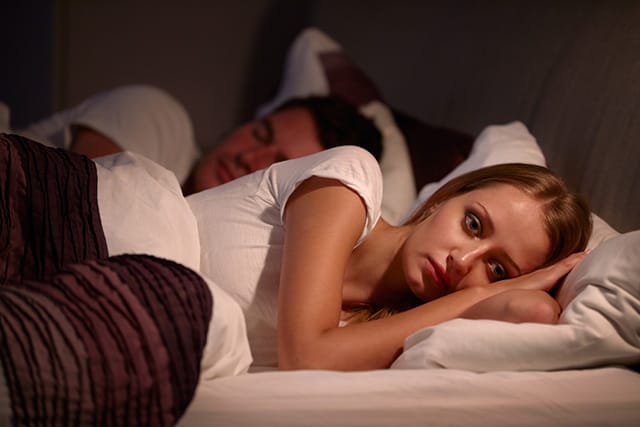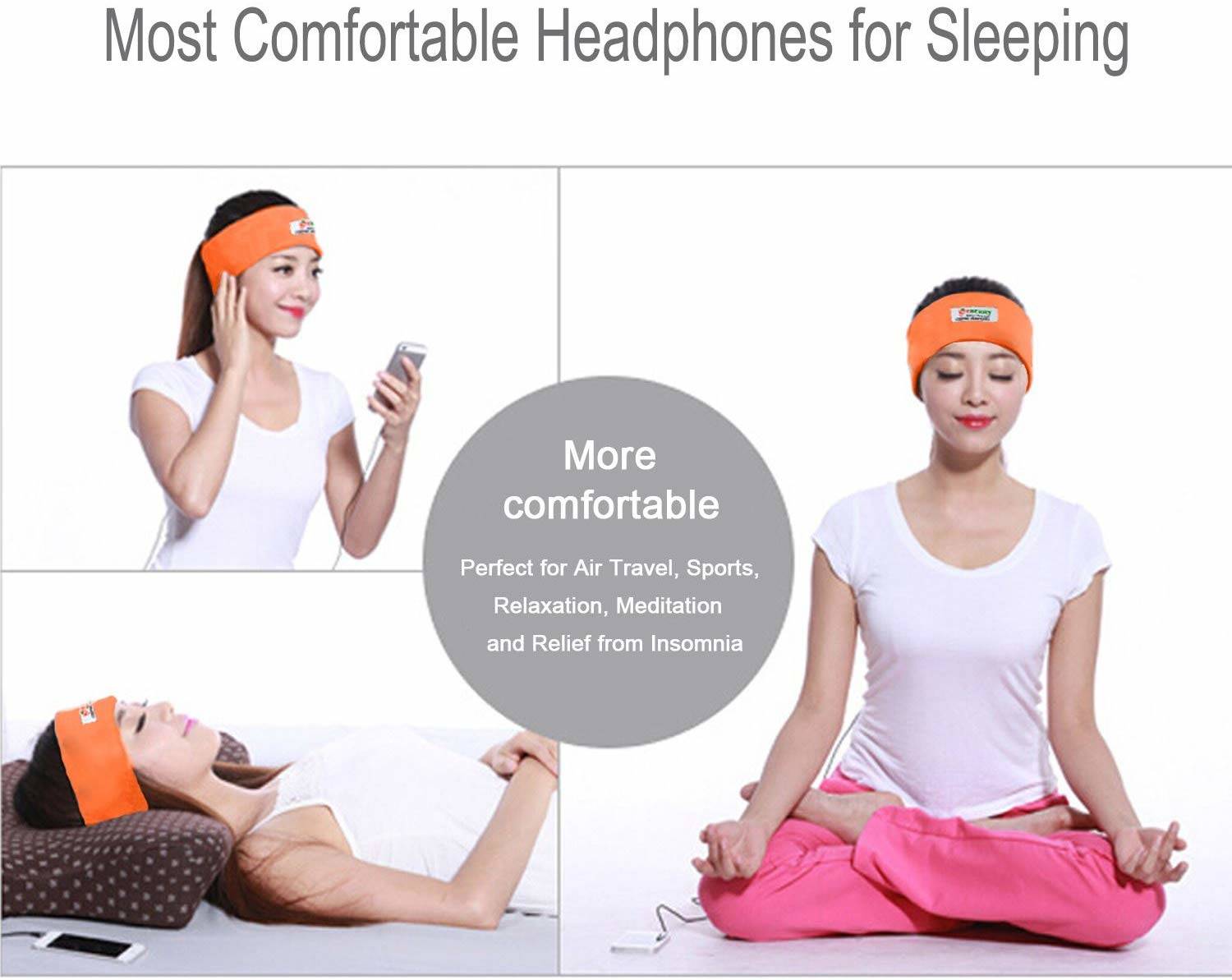There are plenty of people who think about sleeping headphones as a fabric band that’s worn on the head and has small integrated speakers. That’s actually a newer type of sleep headphones that recently surfaced on the market, but the truth is that sleep headphones are actually of many different varieties.
While falling asleep to the sound of music has some real therapeutic benefits, you should know that there are both advantages and downsides. Stick with us as we go through the good, the bad, and the impressive part of sleep headphones.
The Benefits of Sleeping with Music
Granted, there are people in this world who don’t use sleep headphones just to listen to music. Some like to listen to audiobooks. Others want to watch their favorite series on their phones in bed, without waking up their partners. Others purchase sleep headbands because they are more comfortable and stable when jogging or exercising. But the vast majority of people who purchase this kind of product do so to fall asleep to the sound of music.
If you were to ask someone why they play music when going to bed, most of them will tell you that they like it, or that it relaxes them. While that might seem like a very shallow answer, there are plenty of studies that have been conducted on the topic of what music does to the brain, and the truth is that the benefits really are there, both from a medical and a psychological point of view.
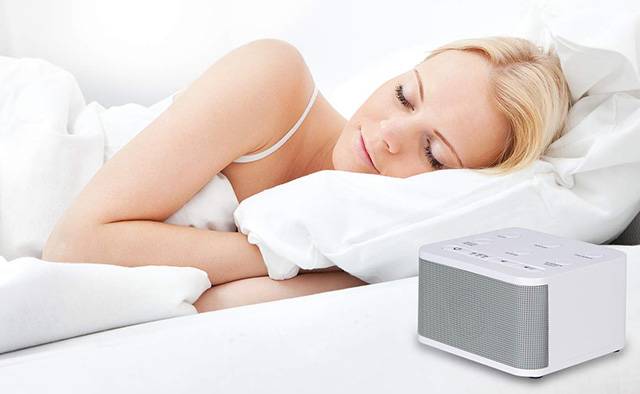
That being said, different people have different reactions to different types of music. Studies suggest that the best music to fall asleep to is the one with a rhythm that can mimic heartbeats. However, just as some songs will help you relax, others will trigger emotions and anxieties. Since forever, people have associated music with emotions, some of them happy and others sad.
One good idea would be to avoid listening to music with lyrics. Aside from the fact that lyrics are more likely to trigger and emotion (as in they could remind you of a sad event in your life), they are also more likely to distract you instead of inducing that pre-sleep state of drowsiness that you’re looking for.
Another important tip that we can give you is to pay attention to how you react to the different types of music that you listen to. For example, even if you’re not a fan of classical music, you might discover that it can soothe you at the end of a long day. Alternatively, if you like listening to rock while working, that music might actually put you in an agitated state when you’re supposed to be relaxing. Watch out for these triggers and adjust your playlist accordingly.
Leaving the nature of the tune aside, music before sleep can help slow down your breathing and heart rate, it can relieve anxiety, it can trigger the release of serotonin (the happiness hormone), it can tune down the nervous system, and so on. Of course, it can also do the opposite: elevate your heart rhythm and make you feel energized, activate brain parts that make you more focused, or trigger adrenaline and boost your alertness.
What Science Says
To show you that we’re not bluffing, let’s go over to some music and sleep-related benefits that have actually been subject to studies. The first thing worth mentioning is listening to music before you go to sleep can help improve your sleep efficiency. This is a measurement of how much time you spend in bed vs the actual time you spend being asleep. Studies have shown the fact that listening to music before bed can improve sleep quality in adults who suffer from insomnia.
Music before bed can also reduce the time it takes for people to fall asleep. In fact, studies have pointed out that people who have acute and chronic sleep disorders could benefit from music as a form of treatment.
According to the University of Kansas and their research on the topic, music is an effective way to reduce high anxiety levels, especially when combined with other forms of treatment. The studies have shown that listening to music can be as efficient as prescription drugs, and when anxiety is keeping you up at night, music is there to help you out. It’s also beneficial for those who suffer from anxiety as a result of trauma.
Aside from reducing anxiety levels, music can also help with hypertension, as well as reduce the body’s production of cortisol, the hormone that induces states of alertness and causes you to be more stressed. Music can also help with mood disorders, as science has proven its efficiency in helping fight off symptoms of depression.
What’s even more interesting is that music can be beneficial on a physical level as well. If you are suffering from pain or medical problems that could cause you to lose sleep, music before sleep can help with that as well. It turns out that music can help with acute and chronic pain-related problems, even when dealing with more complicated conditions, such as fibromyalgia.
Because it also helps stimulate the immune system, music can help in improving pain that’s caused by emotional stress and conditions. However, studies have yet to pinpoint how the relationship between music and easing pain works exactly, but it could be partly due to the fact that music distracts one from the physical pain they might be feeling.
But in spite of all the evidence that suggests listening to music before going to sleep is a good thing, you should be aware of the fact that music alone can’t do miracles, and there are other sleep hygiene rules that you need to take into account. What you eat before bed, the temperature and air quality in the room, the presence or absence of technology; these can all have a say in the time it takes for you to fall asleep, as well as the capacity of maintaining a consistent amount of sleep hours every night.
Types of Sleeping Headphones
While there are headphones that have been designed to be comfortable enough for use when sleeping, there are still people who use regular headphones in such a scenario. If we narrow everything down, there are four major categories of headphones:
● Over-ear headphones are the ones you usually see people wearing over their ears. They are the traditional headphones that have been around for quite some time, and are very popular amongst gamers or those who listen to music on their computers. To simplify things, these headphones basically consist of two speakers that are concealed in some sort of cushioning material (leather, sponge, etc.). They are held together by a band that goes over the top of the head and they typically provide a snug fit.
● On-ear headphones can be described as clip-on phones. A lot of people consider them to be a miniature version of on-ear headphones since they are secured over your ears, but without entering the ear canal. If you had to opt between on-ear headphones and over-ear ones, the former option is more comfortable and the latter is bulkier.
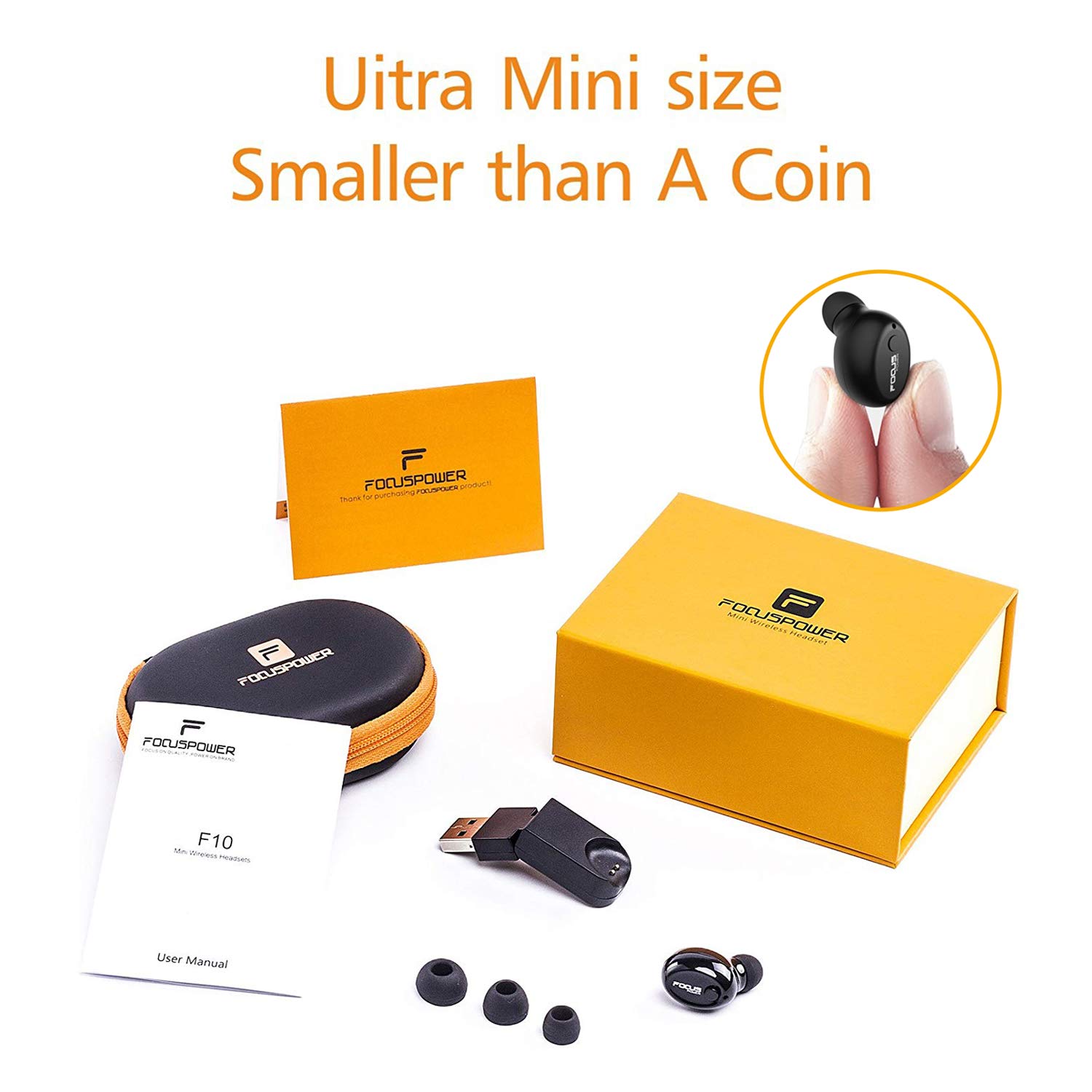
● Headbands are a new market entry, and these are headphones that have been designed for sleeping. A headband is basically a piece of fabric that embeds one or two speakers that are placed in the vicinity of your ears. Their design allows them to be worn at night and they also double as sleep masks because they can be pulled over your eyes to block out unwanted light. However, if the speakers are too thick or the fabric is too thin, you will definitely feel discomfort, especially if you are a side sleeper.
It is also important to mention that headphones can be either wireless or wired. Wired headphones are more affordable but the wires can also be dangerous to sleep with. Wireless headphones eliminate any cords, but they are more expensive.
Why Use Sleep Headphones?
The thing about using headphones when you go to bed is that they go way beyond just helping you listen to music and relax. They are, in fact, very versatile and can be helpful in a variety of different situations:
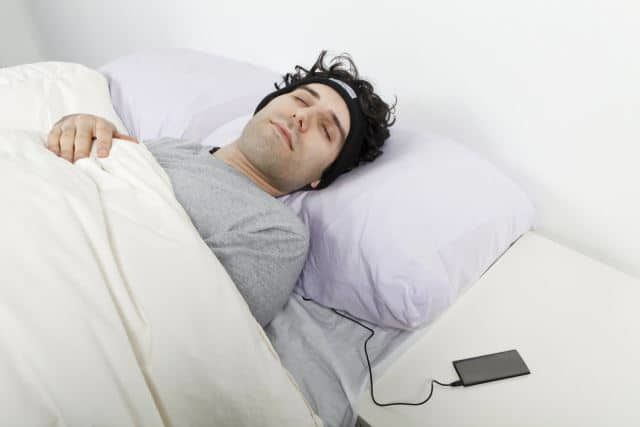
● They can be connected to a smart TV so that you can watch your favorite movies and series while in bed, without disturbing your sleep partner.
● They can be used to listen to audiobooks, which is actually a very efficient way to introduce reading books and gaining knowledge into your daily schedule.
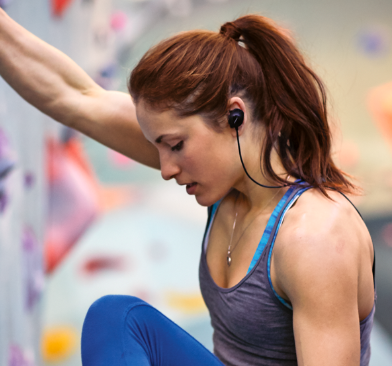
Are There Downsides?
Even if the technology is awesome, too much technology will always have its disadvantages. When it comes to headphones, you should always be wary of those that are inserted in your ear canal for too long or of those that are too bulky and cause discomfort that can easily lead to other problems. If you plan on using headphones, here is what you should know beforehand:
● Depending on the types of headphones that you’re using, those that are inserted in your ear canal can cause wax to build up a whole lot faster. Typically, your ears produce a constant amount of wax which naturally comes out of your ears. However, when you obstruct the ear canal with something like in-ear headphones, you are actually blocking the wax’s exit path. If this happens on a regular basis, the wax could cause damage to the eardrum. One of the solutions to go around this is to avoid using your in-ear headphones every single night or perhaps opt for models that aren’t inserted in the ear canal.
● Otitis externa is another problem that can occur when you’re using in-ear headphones. Long story short, this is an irritation of the ear canal that causes fluid build-up. A common solution around this problem is to avoid listening to loud music.
● If you are using wired headphones, there are many different unpleasantries that might occur. A lot of people talk about strangulation, but the likelihood of that happening is very low. Instead, you could get all tangled up in the wires, and if you’ve put your cell phone on the nightstand, pulling the wire while you’re sleeping can cause them to fall on the floor. Thankfully, you have many different wireless headphone options to choose from these days.
● One of the benefits of listening to music or white noises while you sleep is the fact that you can block out background noise that poses a distraction or could either prevent you from falling asleep or wake you up in the middle of the night. However, sleeping with music or white noise poses a distraction in itself, and makes it less likely for you to hear any noises that you’re actually supposed to hear. In emergency situations, sleeping with headphones might cause you to sleep all the way through an important event that requires you to be awake.
A Look at the Uneed Sleep Headphones
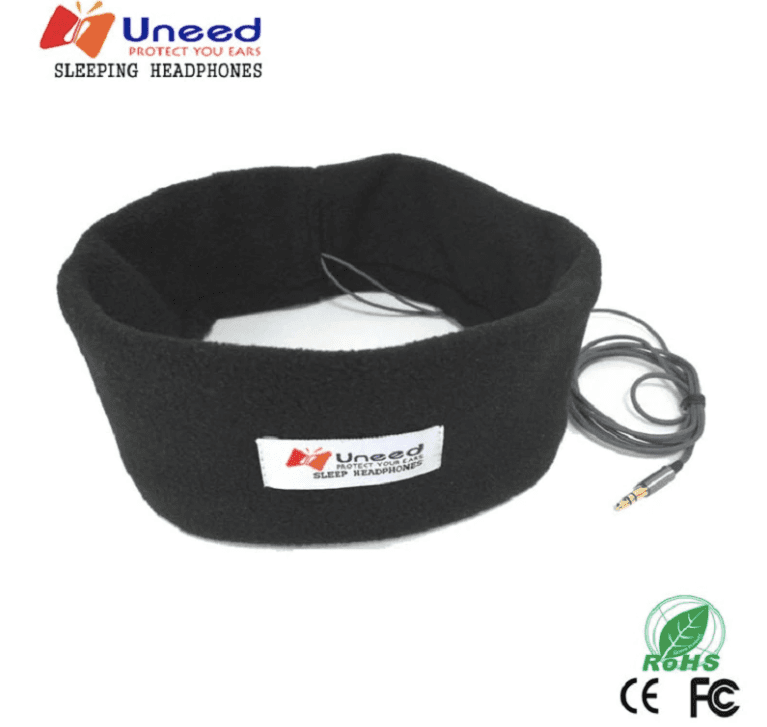
Product Overview
The Uneed sleep band uses wireless technology to deliver a quality audio experience to those who want to listen to music when going to sleep. Naturally, the headband can be used in a variety of different situations, but as you’ll learn in the following paragraphs, the materials the headband is made from is quite fluffy and warm to be worn when you’re, let’s say, jogging.
Because of the width of this band, it can be pulled over your eyes when you’re sleeping, being the perfect solution for a lazy weekend morning when you want to sleep in and avoid the sun entering through the bedroom window to wake you up.
Headband Material
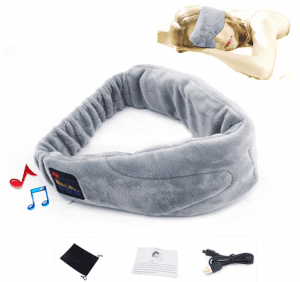
The headband of the Uneed headphones is definitely made from soft material. Because the fabric is most likely fleece and is very thick, some people may end up sweaty foreheads when this is used as a sleep mask and especially during summer nights. However, choosing a thinner material could cause you to feel the speakers when lying on the side, which is something that should always be avoided.
While the material is good and soft, with fleece it’s kind of a love-hate relationship, so if you’re a particularly hot sleeper, this headband might not be the best option. The good news is that it can manage to wick away some moisture, but there are other fabrics out there that do a much better job at this chapter. So, it’s all a matter of personal preference. You can also opt between two available colors: a light shade of gray and a dazzling pink.
One thing that is important to mention is the fact that you can remove all the techy stuff from the headband and wash it whenever needed. Just make sure you follow the instructions because you don’t want the headband to shrink.
How it Works
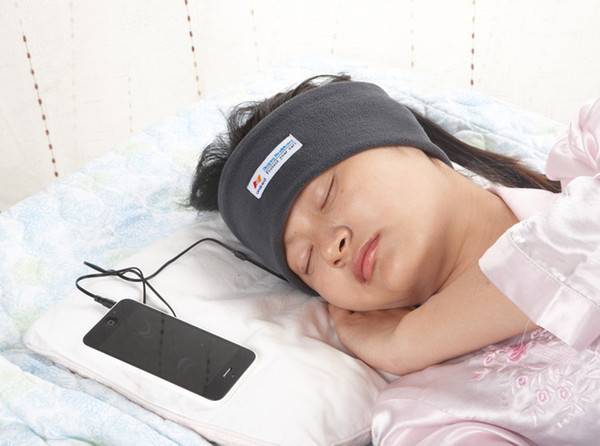
● To turn on your headband, press and hold the power button for about 5 seconds. When it’s one, you should see the LED light turning from blue to red.
● Turn on your phone’s Bluetooth and search for the name of the headband in the list that shows up (the default name is typically “sound sleep”). Pair your smartphone or whatever other Bluetooth device you’re using (TV, tablet, laptop, MP3 player, etc.) with the headphones and you’re good to go.
● Since the device can also be used for making and receiving calls, you can answer the phone by pressing the power button. Press it again when you’re ready to hang up.
● You also have the + and – buttons which help control volume and playback. Longer presses of these buttons will turn the volume up or down.
Features, Benefits, Drawbacks
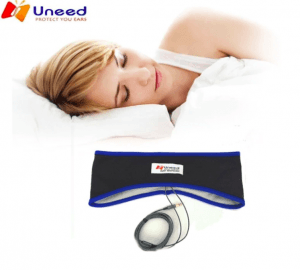
● The Bluetooth of the headphones can support a distance between devices of up to 10 meters. That means that you can use your headphones even when the device they’re paired with is farther away.
● When fully charged, the internal battery of the headphones provides a runtime of up to 6 hours of continuous play.
● It takes about two hours to fully charge the battery of your Uneed sleep headphones.
● The LED power indicator will show you when the battery is charging, as well as when the battery is full.
● Upon ordering, you will receive the headphone, together with a USB cable for charging, a user manual, plus a storage bag for the headphones. The USB cable can be used to charge the headphones, but there is no power adapter included. That means that you can either connect the headphones to your laptop or computer, but also with a compatible power adapter that has a USB port.
Conclusion
When it comes to sleeping headphones, the on-ear and headband systems are the most comfortable choices. Some people like to use regular in-ear headphones as well, but if you don’t own a wireless pair of in-ear headphones, you risk getting all tangled up in the wires, pulling your phone off the nightstand, and other such unwanted occurrences.
There are plenty of proven benefits of falling asleep to music, and listening to music in general. Since music typically induces a certain state, it gives people a better premise on controlling their emotions and stimulated the release of some good hormones, while suppressing the production of more harmful ones. There is a good reason why music therapy exists, and there are plenty of scientific facts and research to help back this up.
The Uneed sleep headphones are an option that eliminates the vast majority of risks one could encounter when sleeping with headphones. There are many different benefits to choosing these headband headphones over other models: the fleece band is very soft and comfortable to wear, the headphones can be used for multimedia playback, but also for making and receiving calls, they don’t have any wires that could get in the way, and the sound quality is decent.
